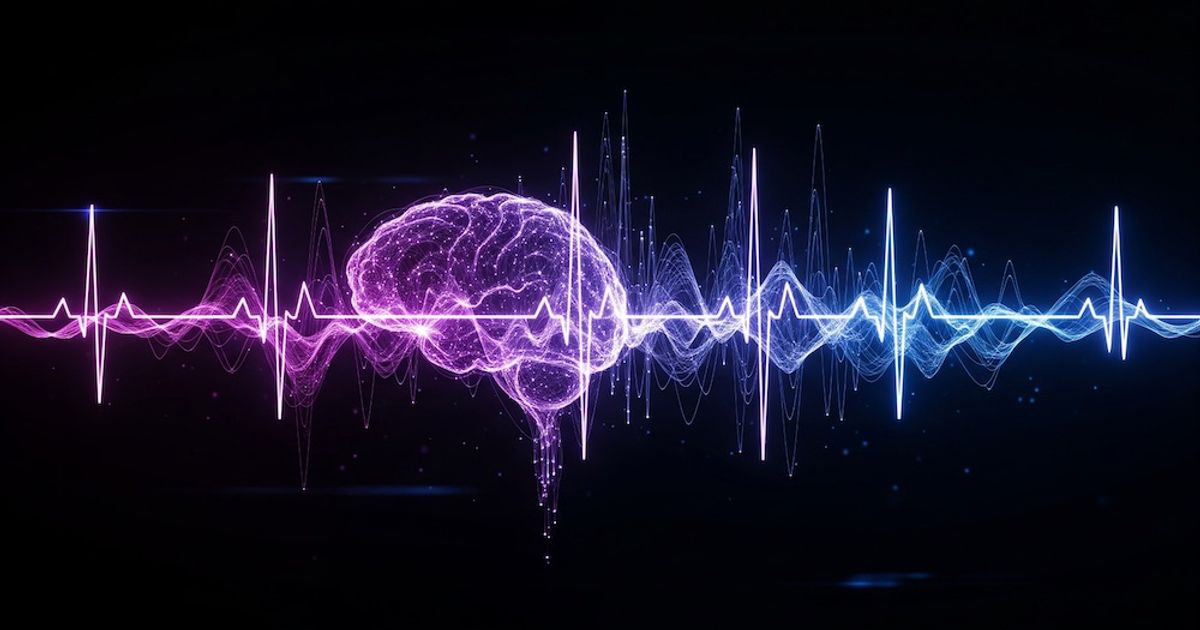Emotions in Marketing and Sales

Let's be honest, having great products is not enough. Customers expect more from brands and organizations. An awful truth: If you're in a competitive market, no one really sucks at customer service, the basics are well understood and figured out for most brands.
To achieve a superior customer experience, one must connect with consumers on an emotional level.
Harvard Business Review notes that a retailer, who implemented a strategy to connect to consumers on an emotional level "has increased its percentage of emotionally connected customers from 21% to 26%, reduced its customer attrition rate from 37% to 33%, and increased customer advocacy from 24% to 30%, resulting in a 15% increase in the number of active customers and more than a 50% increase in the rate of same-store-sales growth".
Understanding Emotions
Understanding customers' emotions is hard. Let's take customer service. If a customer takes the step to call customer service, expecting to be harassed by an automatic answer system, they want to talk to someone after 15 15-minute wait. After experiencing some error, problem, or detour with your product or service, the emotional scale of that specific customer is clear and will probably not fall in the positive spectrum.
Before, he might have been a loyal customer, even an advocate of your brand. So, after the call, send him the well-known one-question survey to determine his emotional state. Is that something you want to base your business decisions on?
Emotionally enhanced personas
Wouldn't it be great if you could step in earlier, determine what your prospects and customers like and loathe? Mnemonic AI enhances its personas with emotional focus points related to a service, product, brand, or even individual attributes of these.
Sure, not everyone is Apple or Disney with emotional messages built into the DNA of a brand, but aligning your messages on an emotional level to your prospects and customers gives you a whole new vector to stand out from your competitors.
Mnemonic AI aims to connect with personas that not only align with the customer journey or demographic dimensions, but also provide the cutting edge to address the 50% of decision-making that is not rational.
A study by Northwestern provides some great examples of how emotional alignment between an offer and a customer drives revenue.
Emotionally align messages
Paying attention to the emotions of your customers can help align your messages far better and personal than based on surveys and customer journey mapping. Adding emotions in the mix helps you target your message not only to the channel a customer will see it, but to the trigger points underlying their desires.
Think of a Travel Agency knowing this customer group is more mellow and looking for a relaxing holiday in comparison to someone who strives for action-oriented vacations, both without explicitly telling you. Not taking their emotions and longings for the vacation into account will inevitably lead to a mismatch in message and recipient. That's how emotional misalignment can screw over your well-planned campaigns.
Making emotions comparable
Depending on the framework used, there are hundreds of fine-grained emotions defined. Additionally, classifying emotions is hard, even for humans, when it comes to emotions such as "indifference" and "ambiguity." Two people tasked with defining emotions will probably come up with three definitions.
On the other hand, simply identifying a polarity, such as negative, neutral, or positive, might not provide enough insights to help you truly understand your customers.
Mnemonic AI addresses this challenge with the aid of artificial intelligence. Our systems analyze utterances for a defined set of eight basic emotions. With deep learning, there is no ambiguity or uncertainty from one day to the next about how an emotion is defined. All utterances will be analyzed and classified in the same way, so emotions will be comparable and give you real insights into the feelings of different customers and segments.
Mnemonic AI right now analyzes for anger, disgust, fear, sadness, anticipation, joy, surprise, trust, and positive or negative polarity to give you a good overview of the emotional spectrum without getting bogged down by non-actionable fine-grained emotions.
